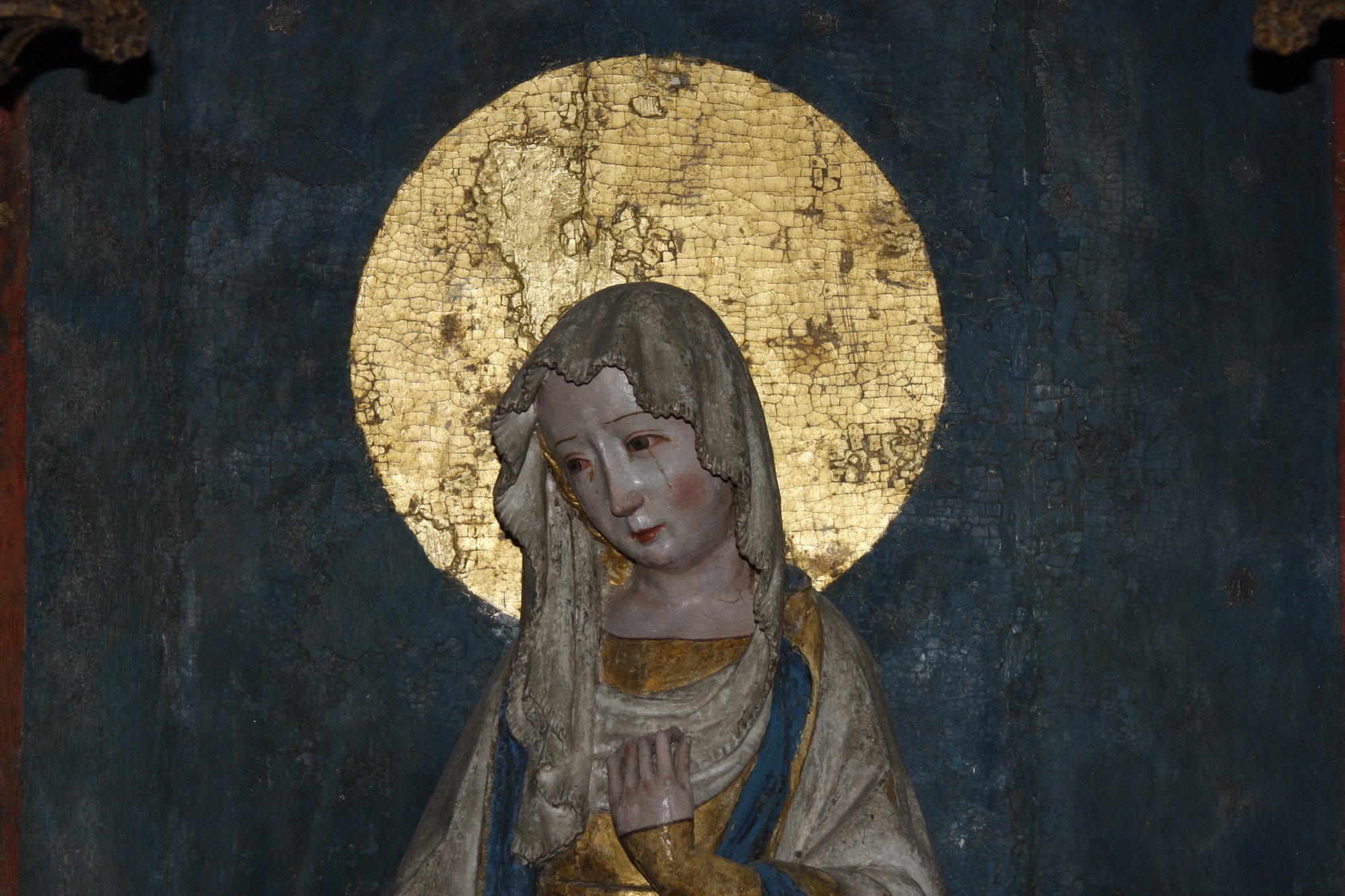In our work, as well as in other visualization projects, we encounter several comprehensive and fundamentally essential method-based issues that we have not yet dealt with in a deeper sense, but that have to be analysed, since this technique is often being used nowadays within more and more subject areas.
It gives us great opportunities to describe historical environments and events in a new manner. Naturally, we cannot recreate the reality of Askeby abbey during the 15th century. The problems concerning selection of facts and perspectives applies to all forms of historical interpretations, but becomes more evident in a visualized environment. These issues criticizing the source become more comprehensive as each visualized object has to be described in detail in order to make it plausible.
The big challenge is to accurately display a historical environment and at the same time making it look alive, depicting daily routines and life at that period of time. Since we also must consider the program allocation and costs, the selection of facts become very delicate. Each object basically has its own pricing. We must focus on the whole picture. Increasing the technical level of one object, means it has to be generally enhanced throughout the program. The technology exists, but it would imply unrealistic costs.
A selection of perspectives and data is controlled by the fact that we are trying to target several categories of visitors. We are performing a “controlled” guiding through the abbey and the church, which sets the conditions. The visitor may also study the churches on his/her own, as well as viewing different virtual objects and environments on the computer. Apart from this, there as a quite comprehensive computer program that describes the abbey and church in its entirety in several newly written essays.
The task consists of creating the most accurate portrait that is possible out of different types of source materials. Several researchers have in an engaged manner been very helpful in this work. It is mainly by the department manager at RAÄ, Ann Chatrine Bonnier, the head antiquarian Jan Eriksson, the archaeologist Gert Franzén, the art historian Susanne Glöersen, the antiquarian Hanna Menander, the professors Dag Lindström, Kjell Leijon, and Jan Svanberg.
But the project comprises a greater team work than this. A close cooperation with the computer technicians is a prerequisite, in this case with the engineer and art historian, Filip Wänström.
The goals and possibilities of the visualization were discussed at a conference at Linköping University on September 27th 2006, arranged by associate professor, Kjell Leijon, along with participants from several subject areas at the University, the Swedish national heritage board, the Museum of Region of Östergötland, and other people involved in the project.
At the meeting it was brought up that it is not sufficient to base the visualization upon our intellectual interpretation, but we must clearly account for different point of views, and, in some cases, even alternate interpretations. A visualized program does not have to be a final product, but it may be further developed and altered as needed.
